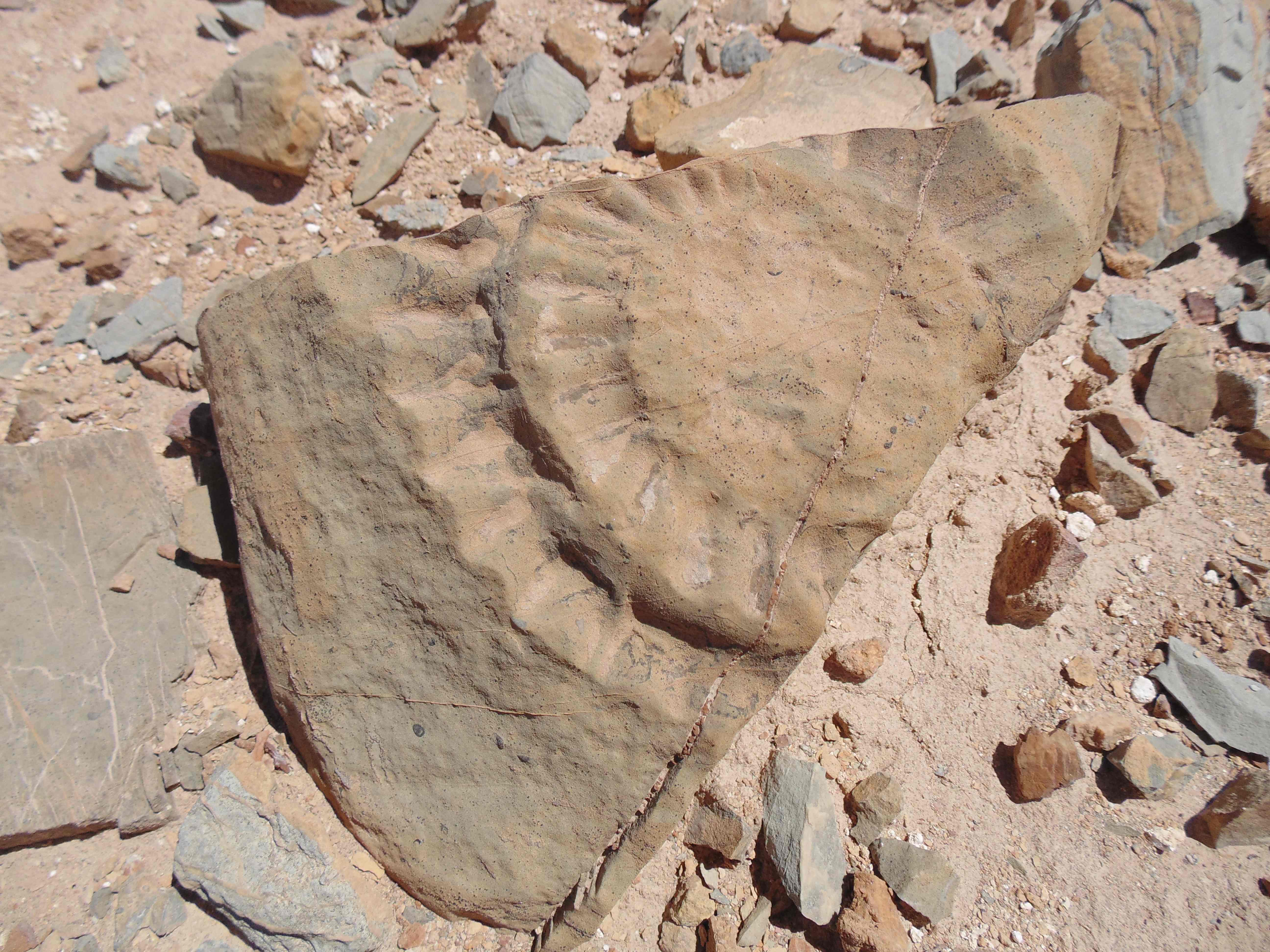‘Flying dragon’ may have existed in Chile, scientists find
‘Maybe they came once and stayed,’ researcher says

Your support helps us to tell the story
From reproductive rights to climate change to Big Tech, The Independent is on the ground when the story is developing. Whether it's investigating the financials of Elon Musk's pro-Trump PAC or producing our latest documentary, 'The A Word', which shines a light on the American women fighting for reproductive rights, we know how important it is to parse out the facts from the messaging.
At such a critical moment in US history, we need reporters on the ground. Your donation allows us to keep sending journalists to speak to both sides of the story.
The Independent is trusted by Americans across the entire political spectrum. And unlike many other quality news outlets, we choose not to lock Americans out of our reporting and analysis with paywalls. We believe quality journalism should be available to everyone, paid for by those who can afford it.
Your support makes all the difference.Scientists have found evidence a “flying dragon” - known to have roamed the skies of the northern hemisphere - also set foot in Chile.
The dinosaur belonged to a group of early pterosaurs that roamed the earth 160 million years ago.
A fossil of this so-called flying dragon has been discovered in the Atacama Desert in the South American country.
It is the first time evidence of the Jurassic-era reptile - which had a long tail, wings and sharp, outward pointing teeth - has been found in the southern hemisphere.
The fossil in Chile was discovered by Osvaldo Rojas, the director of the Atacama Desert Museum of National History and Culture, in the town of Cerritos Bayos in 2009.
Researchers later found the remains of the unknown species belonged to a flying reptile from the Jurassic period.
Analysis found the animal was part of the Rhamphorhynchinae subfamily, according to the University of Chile, who investigated the remails.
It is the first specimen from the Rhamphorhynchinae subfamily discovered in the Southern Hemisphere, the university said.
Jhonatan Alarcon, who led the study of the remains, said discoveries from this group usually come from Europe and the skeletal remains found in Chile show “the distribution of the animals in this group was wider than what was known up to now”.
The discovery points to close ties and possible migration between the northern and southern hemispheres at a time when most of the globe’s southerly land masses where believed to be linked in a supercontinent called Gondwana.
“There are pterosaurs of this group also in Cuba, which apparently were coastal animals, so most likely they have migrated between the North and the South or maybe they came once and stayed, we don’t know,” Mr Alarcon from the University of Chile said.
Details of the discovery have been published in the journal Acta Palaeontologica Polonica.
Back in 2019, a skeleton of a 96-million-year-old flying reptile was discovered in Australia.
In the same year, a flying reptile that had been found buried in Canadian ice was identified as a new species that were among the largest flying animals in history.
Additional reporting by Reuters
Subscribe to Independent Premium to bookmark this article
Want to bookmark your favourite articles and stories to read or reference later? Start your Independent Premium subscription today.
Join our commenting forum
Join thought-provoking conversations, follow other Independent readers and see their replies
Comments